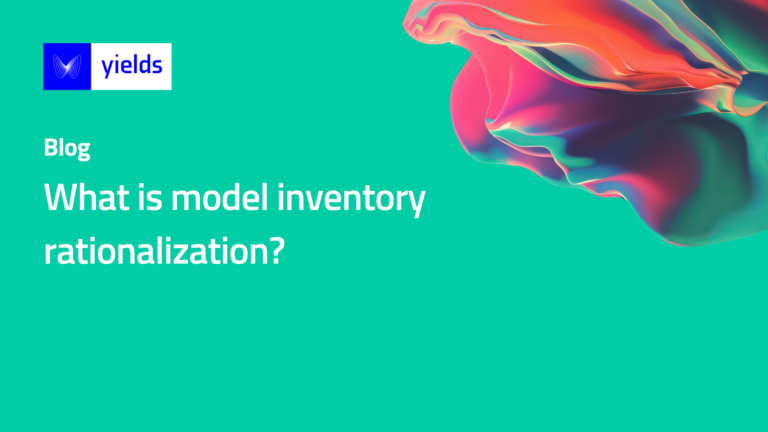What is model inventory rationalization?
Definition
Model inventory rationalization is the process of identifying, reviewing, and optimizing the models (and non-model related items) used by a bank. This typically involves conducting a thorough inventory of all the models used by the bank, reviewing each model to assess its relevance, accuracy, and performance, and then making decisions about which models to retain, update, or retire based on this review. The goal of model inventory rationalization is to ensure that banks are using the most appropriate and effective models for their operations and to reduce the overall and risk associated with their model inventory.
Why is it important for banks to have a flexible model inventory?
It is crucial for banks to have a flexible model inventory for several reasons. First, a flexible model inventory allows firms to quickly adapt to changing business conditions, regulatory requirements, and market developments. This is particularly important in today’s rapidly evolving financial landscape, where new risks and opportunities can arise at any time.
A flexible model inventory can help banks to improve their operational efficiency and effectiveness. By regularly reviewing and updating their models, banks can ensure that they are using the most appropriate and effective models for their operations, and can avoid the costs and risks associated with using outdated or ineffective models.
A flexible model inventory is an important component of a robust model risk management framework and can help banks to better manage their model risk and support their overall business objectives.
Subscribe to the Yields Newsletter
Stay ahead with expert articles on MRM and AI risk topics, in-depth whitepapers, and Yields company updates.




